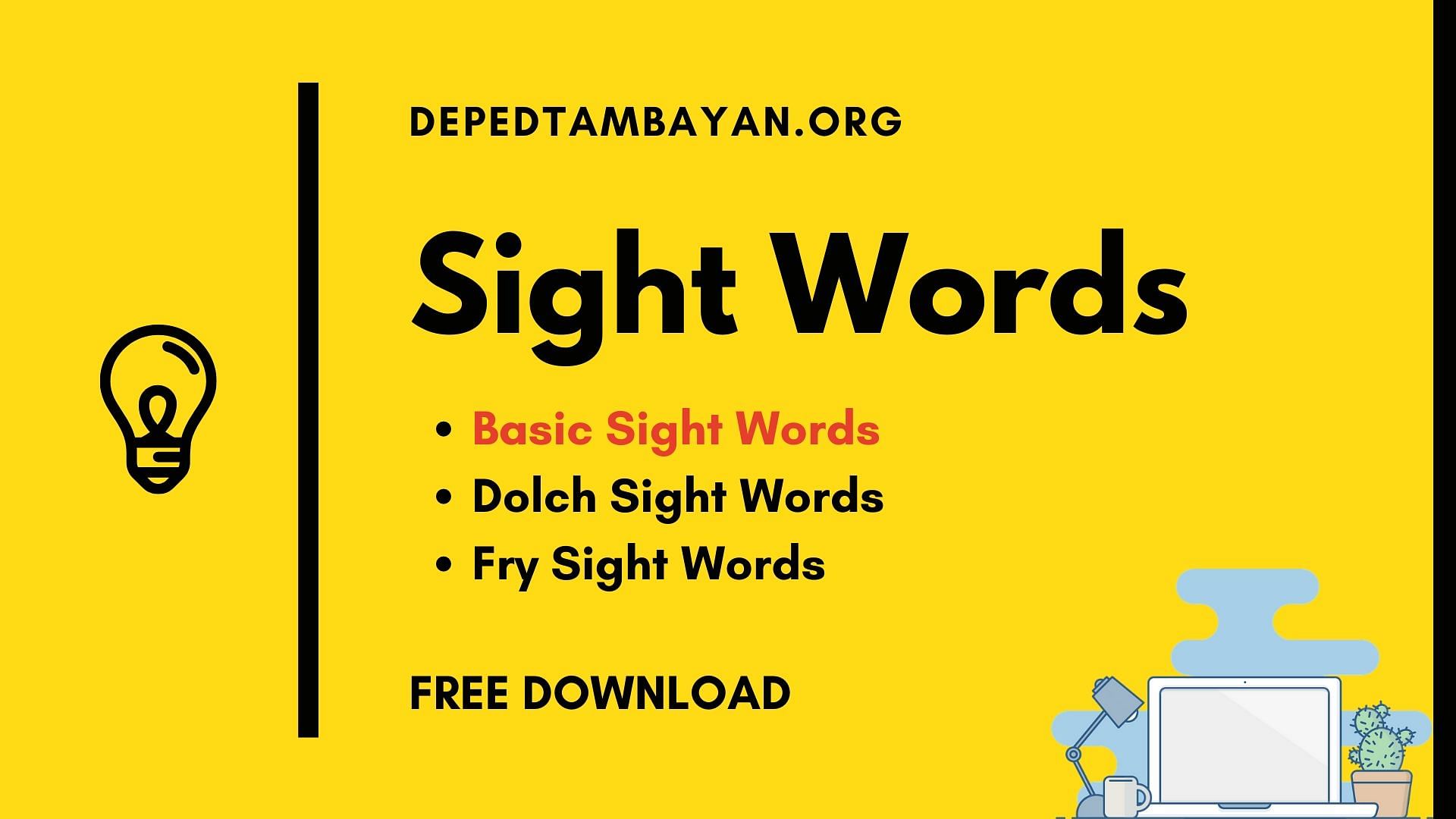
That’s why Learn to Read only introduces two new sight words a lesson. I noticed very quickly that if I give him more than 2, they just didn’t “stick” as well.Įven as kids progress closer to Full-Alphabetic Learners (see the next section), throwing lots of new sight words at them at one time is confusing. In the beginning of Kindergarten, ALuv only learned 2 new words a week. In my Reading the Alphabet curriculum (designed for kids in this stage of letter knowledge), I only introduce one sight word a week. For example, teach words like no and on at separate times to limit confusion.
#Sight word powerpoint kindergarten full
In the partial-alphabetic phase, learning sight words is made a little easier, but “because their knowledge of the system is limited, and because they lack full phonemic segmentation ability, they process only partial-letter relations to form connections in learning sight words.” (145) Sight words can be learned in this stage, but Ehri suggests teaching similarly spelled sight words separately.

Big (because of its tail) may also be read dog. The problem with remembering words by their shape/picture is that there simply isn’t enough of a visual difference between words for the child to even have a chance! For example, when the child is faced with took, she will probably say it is look because took also has the two oo‘s in the middle that look like eyes. Francine Johnston calls this phase the “any clue will do” stage. In this phase, learning sight words will be extremely difficult because words are learned by their shape or “picture”, not by the individual letters or word patterns.


She explains that there are phases of development in word learning with a typical learner. Her article Phases of Word Learning, published in Reading & Writing Quarterly in 1995, was VERY helpful to me in understanding how kids learn words. My developmental philosophy has been grounded by the authors of Words Their Way, and Linnea Ehri, a nationally known reading researcher. My approach to literacy has and always will be a developmental approach. I’ve been asked a few questions recently about what do when sight words just aren’t “sticking” for a child.


 0 kommentar(er)
0 kommentar(er)
